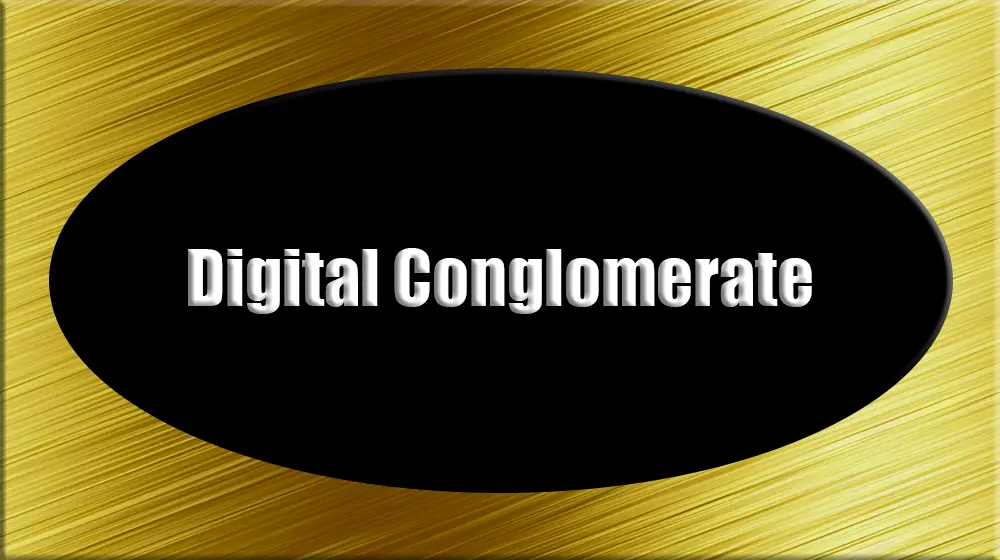Old media refers to traditional forms of mass communication that existed prior to the digital revolution and the widespread adoption of the internet. These conventional mediums include print publications like newspapers and magazines, broadcast media such as television and radio, as well as physical formats like CDs, DVDs, and books.
For much of modern history, old media served as the primary means of disseminating news, entertainment, and information to the public. Newspapers were the cornerstone of journalism, delivering daily updates on local, national, and international events. Television and radio provided a platform for broadcasting news programs, talk shows, and entertainment content to millions of viewers and listeners worldwide. Similarly, physical formats like books, CDs, and DVDs allowed consumers to access a wide range of content, from literature and music to movies and educational materials.
However, with the advent of the internet and digital technology, old media has faced significant challenges and disruptions. The rise of online news websites, streaming services, social media platforms, and e-books has fundamentally altered the media landscape, reshaping consumer habits and preferences. As a result, traditional media outlets have experienced declining readership, viewership, and circulation, leading to significant changes in business models and revenue streams.
Despite these challenges, old media continues to play a crucial role in society, particularly among certain demographics and in specific regions where digital access may be limited. Print newspapers and magazines still provide in-depth analysis and investigative journalism, while broadcast media remains a trusted source of news and information for many communities.
In conclusion, while old media may have been eclipsed by digital alternatives in some respects, it remains a vital component of the media ecosystem, offering unique strengths and serving distinct audiences. As the media landscape continues to evolve, old media outlets must adapt and innovate to remain relevant in an increasingly digital world.




